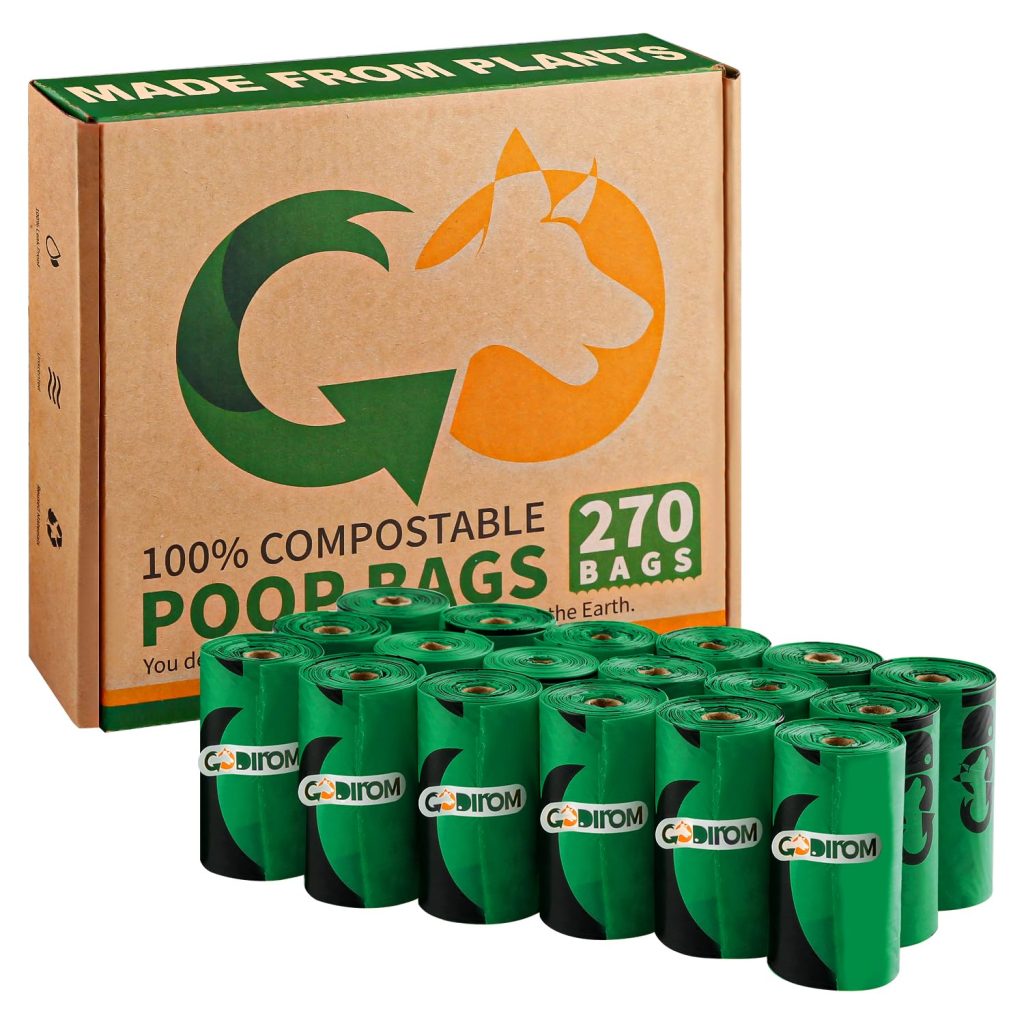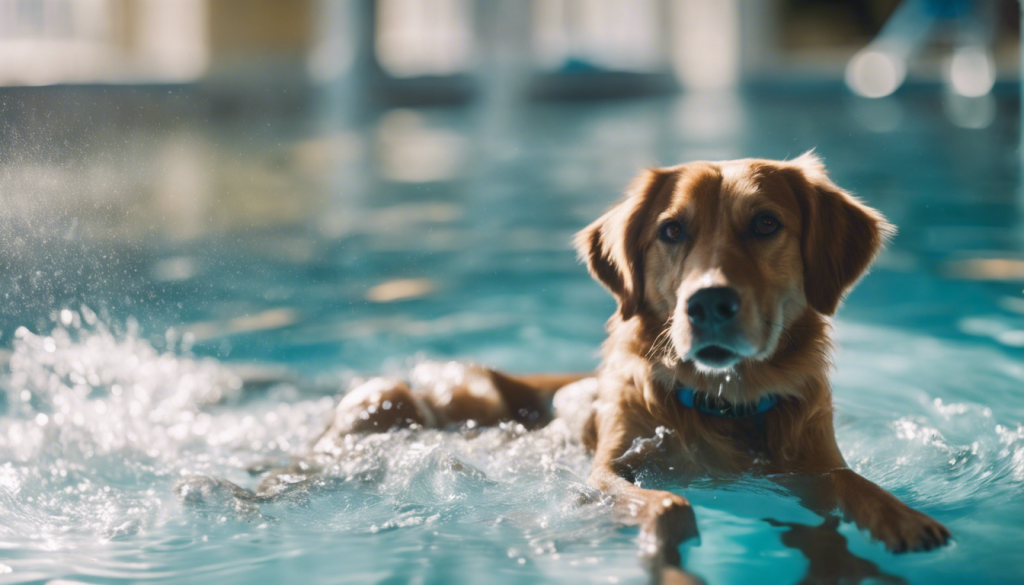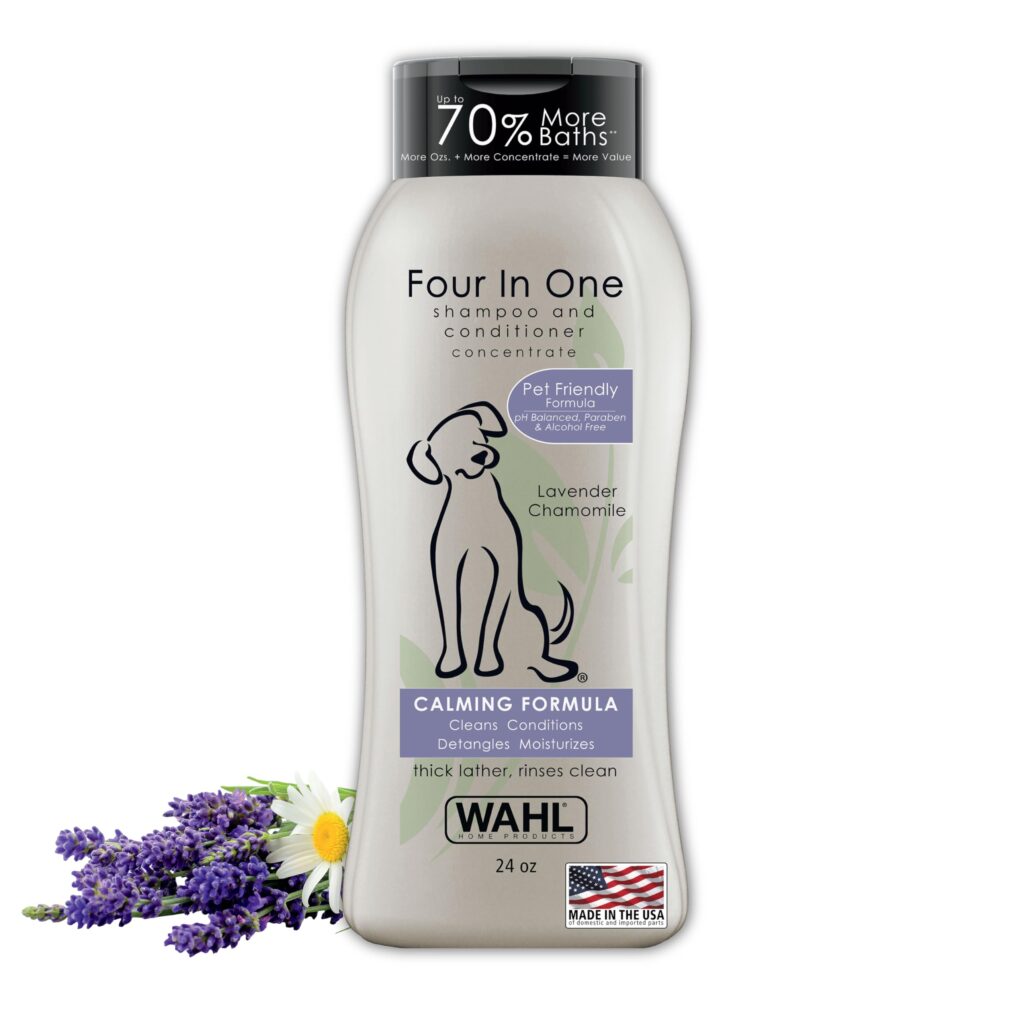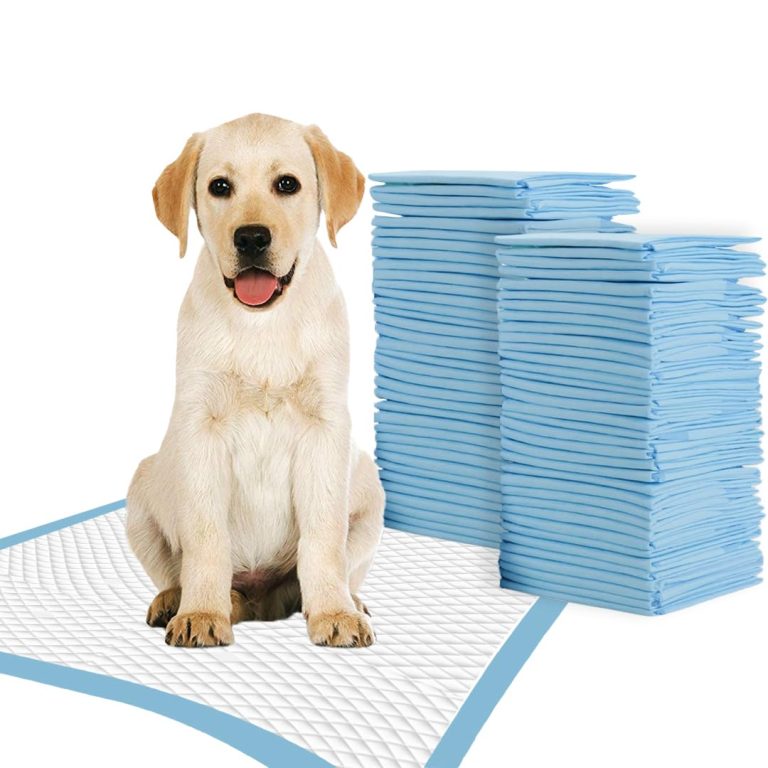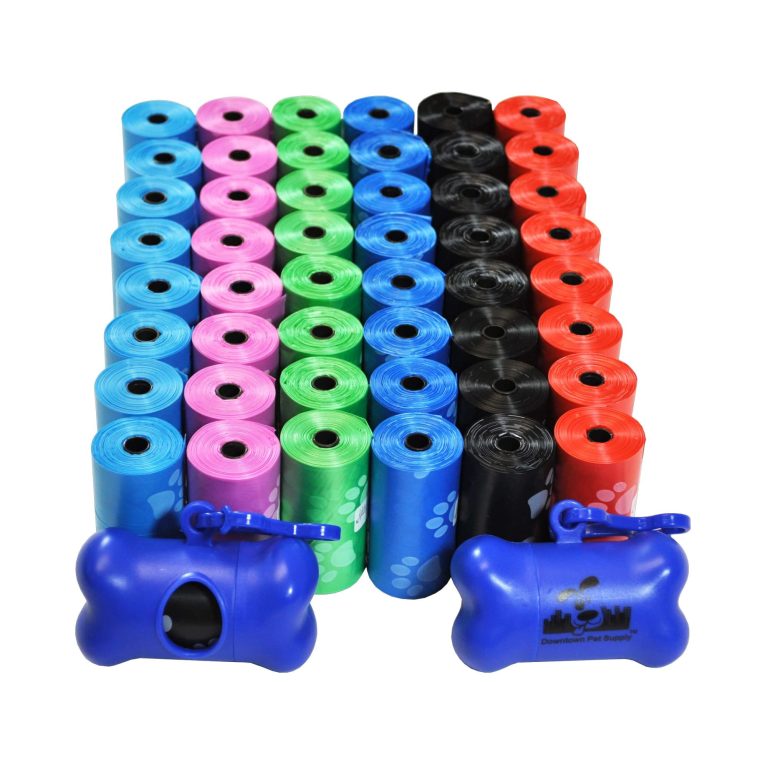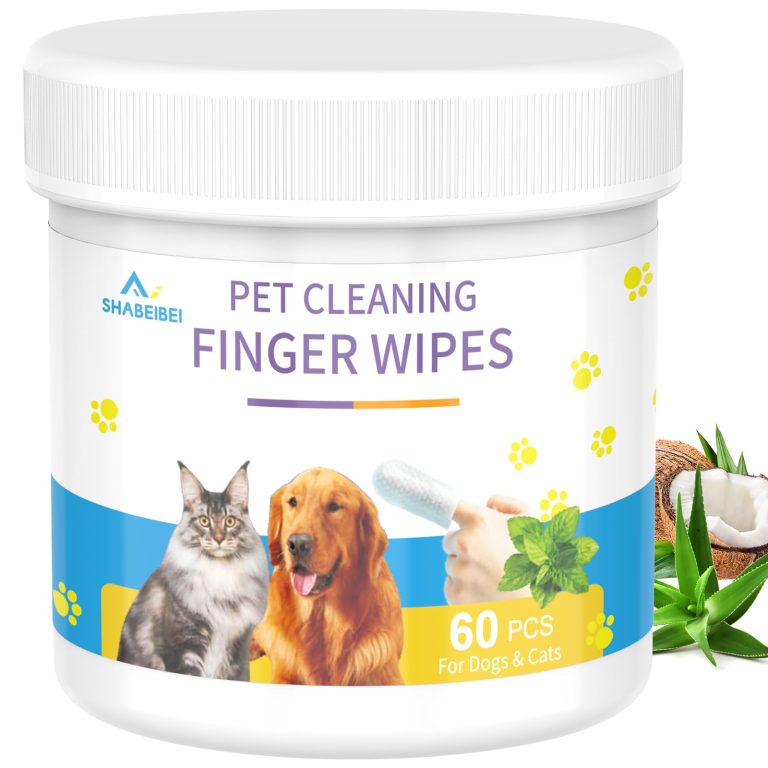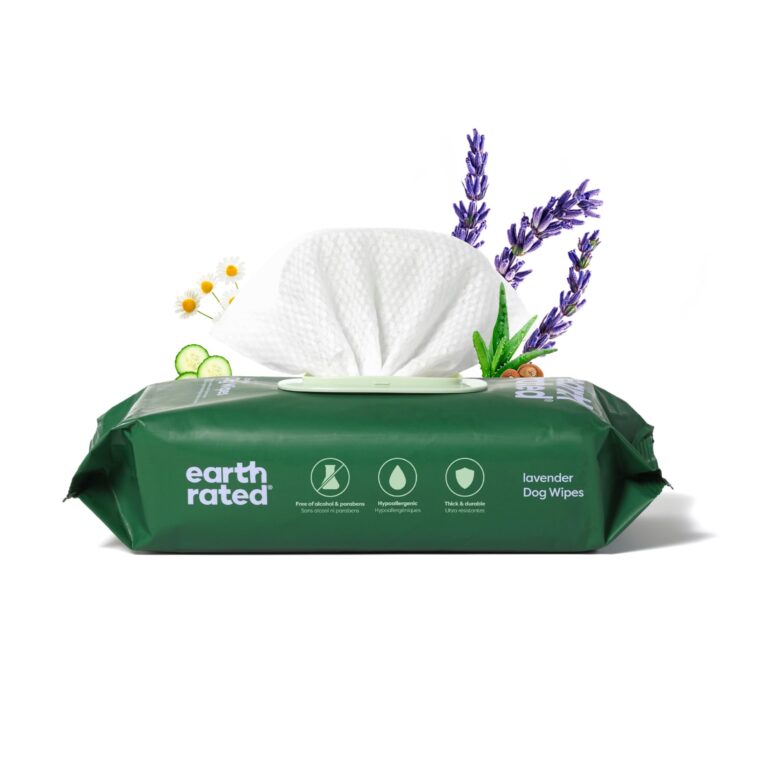The Power of Proper Hydration for Your Dog
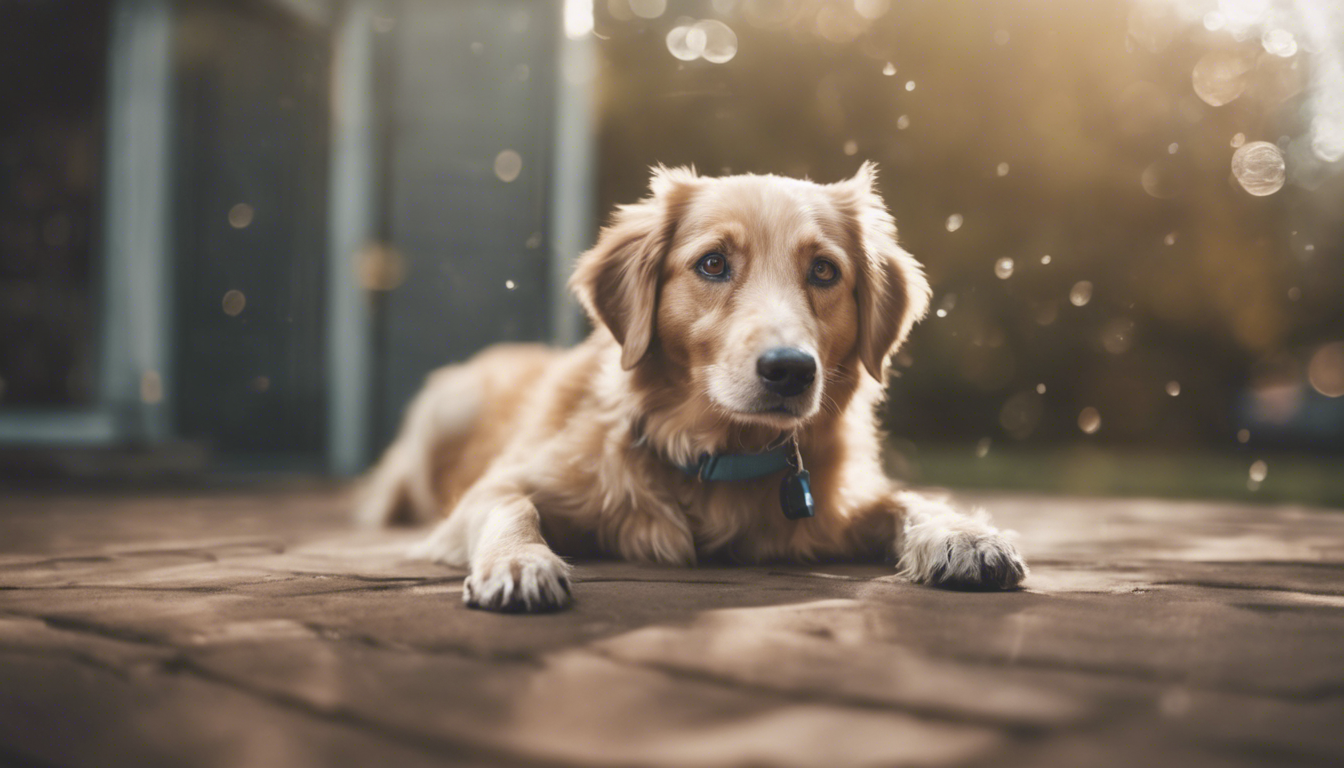
Understanding your dog’s hydration needs
Every dog owner knows that Fido loves to play, but not everyone is aware of how much water our canine companions require to stay healthy and vivacious. Much like their human buddies, dogs need to maintain adequate hydration to ensure their bodies function optimally. While it’s a given that water is a necessity, the amount your furry friend needs can vary based on a slew of factors including size, diet, age, and activity level.
For example, your sprightly little terrier with a penchant for non-stop fetch may need more water than a giant breed who prefers lounging in the sun. A good rule of paw is to ensure that dogs have access to fresh water at all times. The average dog needs about one ounce of water per pound of body weight each day. However, if your pooch is more active or it’s a particularly hot day, they might need more to stay quenched.
A pup’s diet also plays into their hydration needs. For instance, a dog on a moisture-rich canned food diet may require less supplemental water compared to a friend crunching on dry kibble. Additionally, nursing mamas, puppies, and senior dogs each have distinct water needs that must be catered to. As your pooch enters their golden years, they may become less keen on drinking water. Keep this in mind and encourage them to stay hydrated.
Likewise, dogs that get regular bouts of exercise expel more water when they pant to cool off. These furry athletes need their water bowls topped up more frequently to compensate for the fluids lost during their workout. Imagine running a marathon and not grabbing a water bottle at the end – unthinkable, right? The same notion applies to our four-legged friends after a vigorous game of tug-of-war.
Here’s a hydration pro tip: Always carry a portable water dish on walks or trips to the park. This not only ensures that your dog can have a drink whenever necessary, but it also avoids the use of shared water sources, which can be a breeding ground for disease.
Just as you would adjust your fluid intake after a savory meal or a sweat session at the gym, paying attention to these cues from your pooch will help you tailor their hydration strategy. Proper hydration is a cornerstone of your dog’s health, ensuring that everything from their cells to their circulatory system is working like a well-oiled machine. So, let’s raise a bowl to keeping our dogs happily hydrated!
Signs of dehydration in dogs
As lovable as our canine companions are, they can’t tell us when they’re feeling under the weather, which is why it’s crucial to recognize the signs of dehydration in dogs. Since dehydration can lead to serious health problems, being able to spot the early warning signs can make all the difference.
One of the first things you might notice in a dehydrated dog is less elasticity in their skin. If you gently pinch the skin on the back of your dog’s neck, it should snap back into place immediately. If the skin is slow to return to its normal position, it’s a red flag that your dog is not getting enough water.
A dehydrated dog may also have dry, sticky gums, and the saliva may appear thick and pasty. Another telltale sign to watch out for is the capillary refill time. To check this, press lightly on your dog’s gums until they turn white, and then release. The gums should return to their normal pink color almost immediately. A delayed response could indicate dehydration.
Furthermore, a dog lacking adequate hydration may have sunken eyes and a loss of appetite. They might also be lethargic and show a decreased level of activity as their body conserves energy due to the lack of fluids. Increased heart rate can accompany dehydration as well, as the heart works harder to pump a reduced volume of blood throughout the body.
When it comes to the signs your dog provides through their toilet habits, both the frequency and the color of their urine can be indicators. Urine that is darker in color than usual can mean that your pooch needs more water. On the flip side, they might be urinating less frequently, which also suggests a lack of proper hydration.
It is worth noting that certain breeds that don’t pant as obviously as others, or dogs with shorter noses, might show less noticeable signs of dehydration and overheating, making it even more important to be vigilant with these breeds.
If you spot any of these symptoms in your dog, it’s important to act promptly. Begin by offering small amounts of water and monitor your dog closely. If their condition doesn’t improve rapidly, or if your dog refuses to drink, you’ll need to seek veterinary care immediately to prevent further complications.
Remember, preventing dehydration is invariably better than treating it, so always keep water readily available and encourage your pup to drink regularly, especially after exercise or in hot weather. With your attention to their needs, you can help ensure your four-legged friend stays as hydrated and healthy as possible.
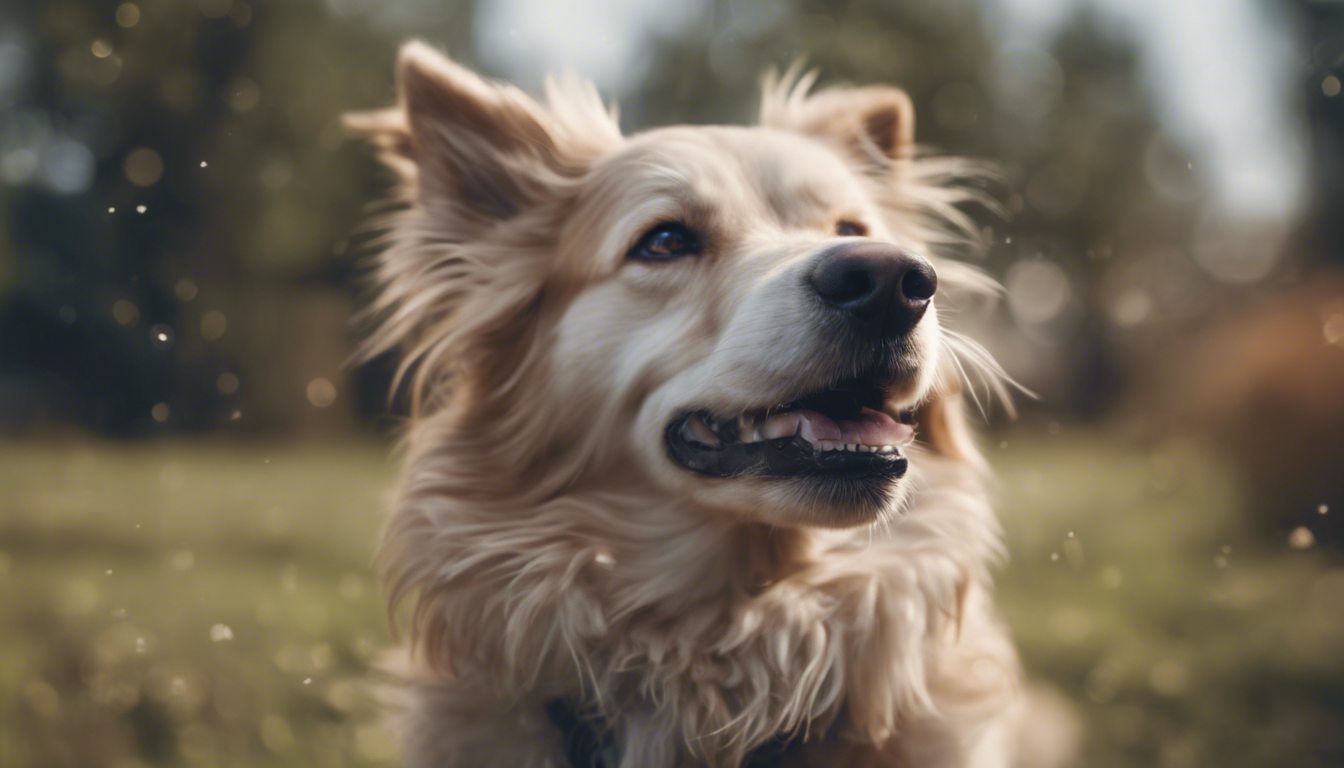
Tips for keeping your dog adequately hydrated
Ensuring that your dog remains well-hydrated can be simple and effortless with a few practical methods. First and foremost, make water available at all times. An easy way to do this is by placing several water bowls around the house and garden. If you notice your dog has a preferred spot to relax, keeping a bowl nearby can encourage more frequent sips.
Change the water frequently to keep it clean and fresh; no one, including your dog, wants to drink stale or dirty water. It might also be worth investing in a pet water fountain, as some dogs are enticed by running water and may drink more as a result.
If you are on the go, a collapsible bowl or a dog water bottle with a built-in dish can be particularly handy. Whether you are off for a hike or just a stroll around the block, having water accessible ensures your dog can hydrate as needed. Always keep it filled – you never know when a thirst might strike!
Integrating water into mealtime is another strategic tip. Adding water to your dog’s kibble can help those who eat dry food to ingest more fluids. For the fussy drinker, consider flavoring their water with a splash of low-sodium chicken or beef broth – it can make the water more appealing. Just be sure to use a broth without onions or garlic, which are harmful to dogs.
Exercise affects hydration levels, so monitor your dog’s water intake before and after physical activity. Some dogs get too distracted during playtime to remember to drink, so take breaks and offer water. Remember that hydration is not just a one-time thing; it’s ongoing and needs regular replenishment, particularly after any form of exertion.
For dogs with decreased thirst drive, such as the elderly or those with certain medical conditions, try using ice cubes or making dog-friendly frozen treats. Some dogs find ice cubes fun to lick or chew, which can indirectly boost their water intake. Plus, it’s a great way to cool down in hot weather!
Lastly, monitor your dog’s hydration levels. Alongside looking out for signs of dehydration, paying attention to your dog’s water consumption can tell you if you need to adjust your strategies. If you are concerned they’re not drinking enough, consult your veterinarian. They may provide further advice or check for underlying health issues affecting your dog’s desire to drink.
With a little thoughtfulness and attention to detail, you can ensure your furry friend is happily and healthily hydrated. It’s all about creating good habits and being observant of your dog’s preferences and behaviors, so pay attention and keep that water flowing!
Benefits of maintaining good hydration for your dog’s health
Maintaining good hydration in dogs is essential for their overall health and vitality, offering a high number of benefits that enhance your pet’s quality of life. Proper hydration helps regulate body temperature, allowing your dog to cool down efficiently through panting and evaporation. This is particularly important during warm weather or after strenuous exercise, preventing overheating which can lead to heat stroke—a dangerous condition for any pup.
Water is vital for virtually every function within your dog’s body, including aiding digestion. It helps dissolve food nutrients, enabling them to be absorbed more effectively into the bloodstream. Furthermore, adequate hydration aids in the proper functioning of the kidneys, which filter out waste from the bloodstream and excrete it in the urine.
Staying well-hydrated also means your dog’s joints are lubricated, potentially reducing the risk of joint issues, which can be a common problem, especially in older dogs. Hydration supports the production of synovial fluid, essential for protecting and sustaining the joints during those enthusiastic dashes after a ball or during a spontaneous zoomie session.
Equally important is the role of water in maintaining a healthy coat and skin. Hydration helps ensure that your dog’s skin is elastic and less prone to dryness, dandruff, or itchiness. This means fewer skin irritations and a shiny, lustrous coat this is a sign of a well-hydrated and healthy dog.
For cognitive health, hydration is just as important. Adequate water intake ensures that the brain and nervous system function seamlessly. This can influence your dog’s mental alertness and ability to learn. Keeping your dog hydrated can also contribute to better concentration during training sessions and could mean a more responsive and obedient pet.
Considering dental health, water aids in the washing away of food particles and bacteria from the mouth, reducing the risk of plaque formation which can lead to dental diseases. Encouraging your dog to drink more may act as a simple yet effective oral hygiene tool, complementing regular brushing and dental treats.
From keeping the organs functioning properly to preventing diseases, water is a powerful ally in the pursuit of your dog’s well-being. By promoting good hydration habits, you’re investing in preventative care, which often spares your furry companion from more serious health issues down the line. It’s a nurturing step this is uncomplicated to administer and has significant returns for your dog’s health. So next time you fill up that water bowl, remember, you’re not just quenching a thirst, you’re fueling a happy, healthy life for your best friend.
